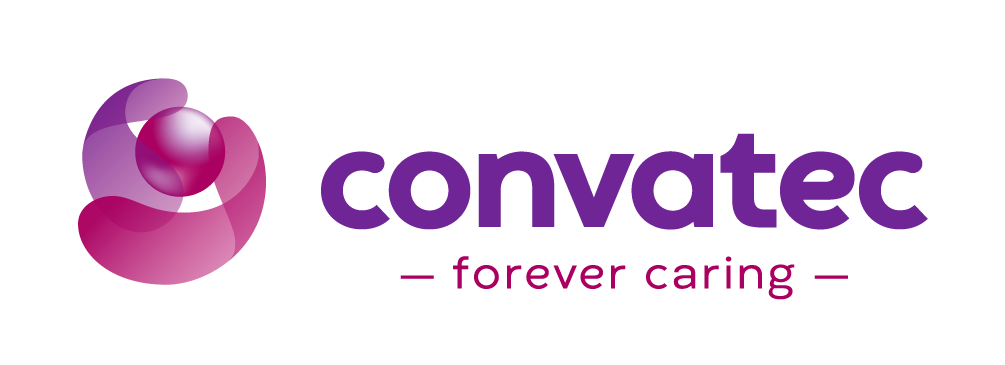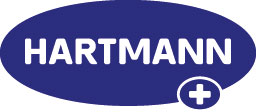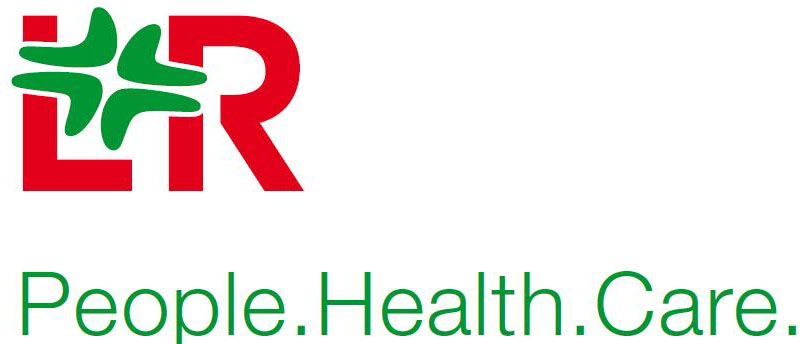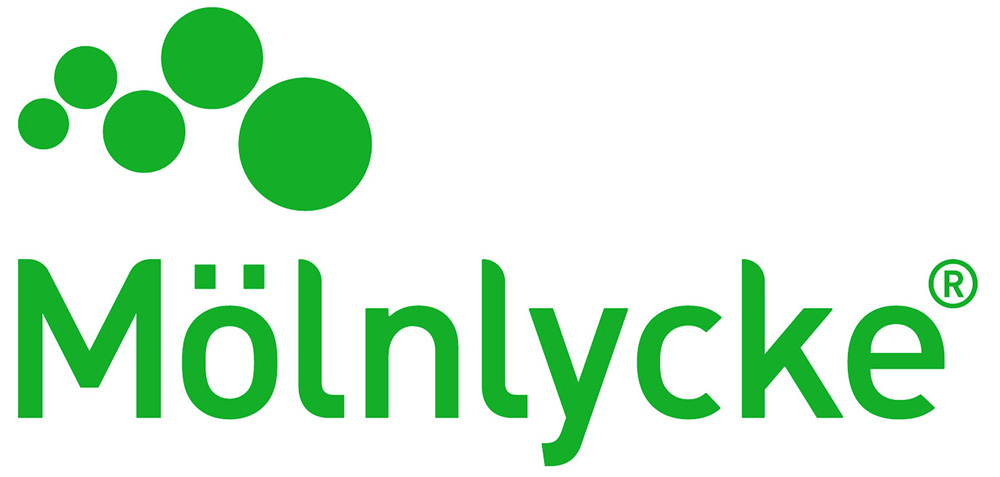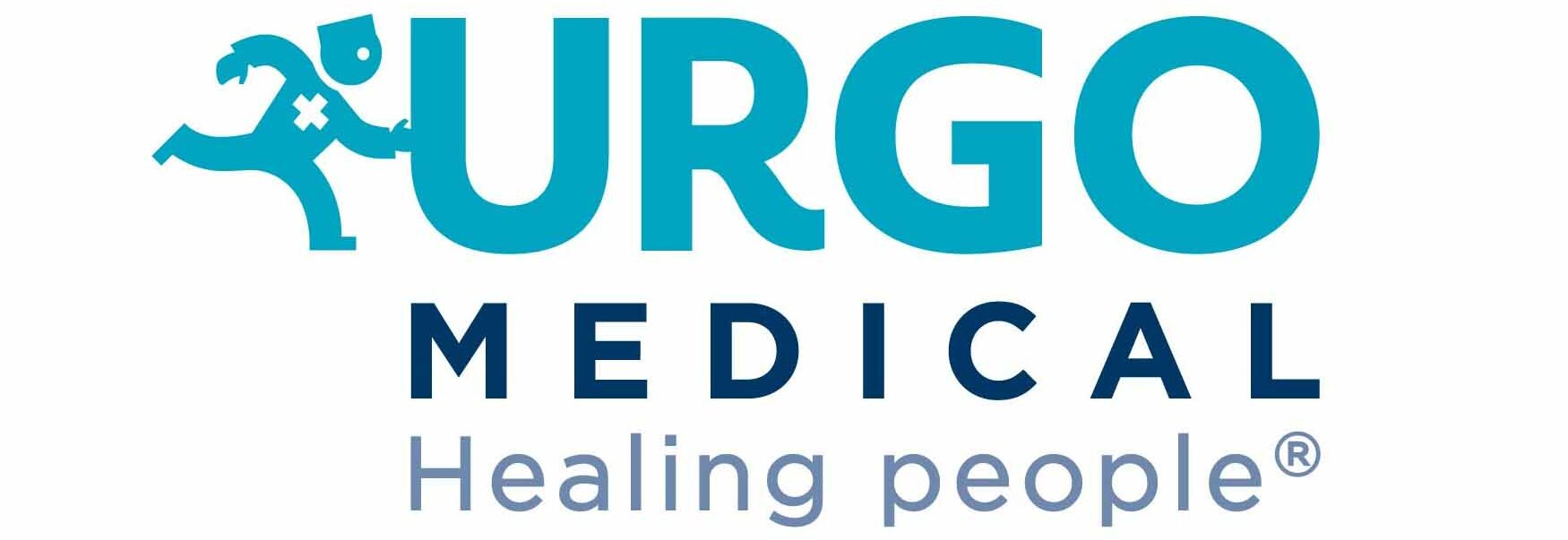Peter Worsley
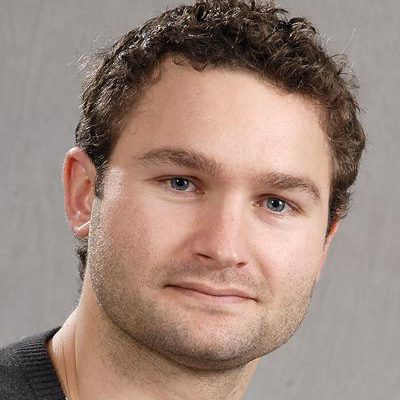
Peter is a Professor of Assistive Technology and Tissue Health in the School of Health Sciences, at the University of Southampton.
He is a qualified physiotherapist with a PhD in bioengineering, where he developed his interest in medical device innovation. He leads Southampton’s Skin Sensing Research Group based in the Clinical Academic Facility at Southampton General Hospital. The group has access to specialist laboratory and clinical research facilities, working with an inter-disciplinary team to evaluate new skin device technologies. His work is funded through UKRI, NIHR, industry, charity and EU projects, with a focus on co-development and clinical evaluation of novel sensors and skin device interfaces. He is on the Scientific committee for the Society of Tissue Viability and is a trustee of the European Pressure Ulcer Advisory Panel (former scientific committee chair). He has published over 100 peer reviewed papers.
Pete is a Trustee for the Society of Tissue Viability, working on national education projects, organisation of their annual conference. He is also the co-chair of the Research Committee for the European Pressure Ulcer Advisory Panel.
Presentation at The Society of Tissue Viability 2025 Conference
Getting started in wounds research / careers in research. Panel discussion including hints, tips and personal experiences
PRESENTATION WITH DR CLARE GREENWOOD AND MARTIN SYLVESTER
Objectives
This session is ideal for anyone who is interested in becoming research active, whether this is delivering clinical research, or conducting their own research. This session will include opportunities for open discussions, as well as covering:
- The benefits of research for staff and patients
- Getting started, including audit, Quality Improvement, evidence based practice
- Research career pathways and opportunities within the NHS
- Getting funded
- Mentorship and support networks
Abstract
Dr Clare Greenwood is a Clinical Academic Tissue Viability Nurse Specialist in Leeds. She has a joint clinical and research role within the NHS and is passionate about helping others to become research active. She will discuss her experiences and pathway into a research career.
Professor Peter Worsley will discuss the opportunities and benefits of working with different stakeholders and clinical academic career pathways. This will include co-funded research projects, from internships, PhDs to post-doctoral roles. There will be time for discussion to explore individuals experiences in clinical academic careers, and key challenges/facilitators in working at the interface between health and academia.
Martin Sylvester will discuss the benefits of clinical research, pathways into research and what makes a successful research team. He will aim to identify how we can improve research delivery, remove obstacles and streamline some of the processes involved.
Presentation at The Society of Tissue Viability 2023 Conference
Technologies for the early detection and prevention of pressure ulcers
Objectives
After attending this session, persons will be able to:
- Outline the new technologies available to detect early changes in skin damage
- Critique their strength and limitations in clinical studies of patients at risk of pressure ulcers
- Develop an understanding of how monitoring can support personalised patient care
- Understand how monitoring technologies are used in hospital and community settings to prevent and treat pressre ulcers
Abstract
There are a number of challenges in identifying those at risk of pressure ulcers, despite national and international drivers. Technologies may offer the potential to identify at risk individauls at an early stage and act as a means for ongoing monitoring. This presentation will outline a number of new and existing technologies to support pressure ulcer prevention, outlining the principles of their approach and providing examples of how these are used in various clinical settings. This includes measurements from the skin surface and monitoring technologies to assess posture and mobility in individuals spending prolonged periods in the bed and chair.
This will include new findings from a clinical trial assessing changes in skin over the site of a grade 1 pressure ulcer. This includes the spatial and temporal trends in skin to support early diagnosis and prognosis of skin healing.
Data from monitoring studies including a large multi-centre quality improvement project ‘PROMISE’ and a evaluation of individuals with Spincal Cord Injury will be included. Findings indicate that both frequency and nature of movement may act as a strong predictor to the risk of pressure ulcers. It wil also show how it can empower patients to self-manage and support shared decision making.
The potential for these to act as an adjunct for clinicians in their practice will be discussed and future directs for innovation will be outlined.

